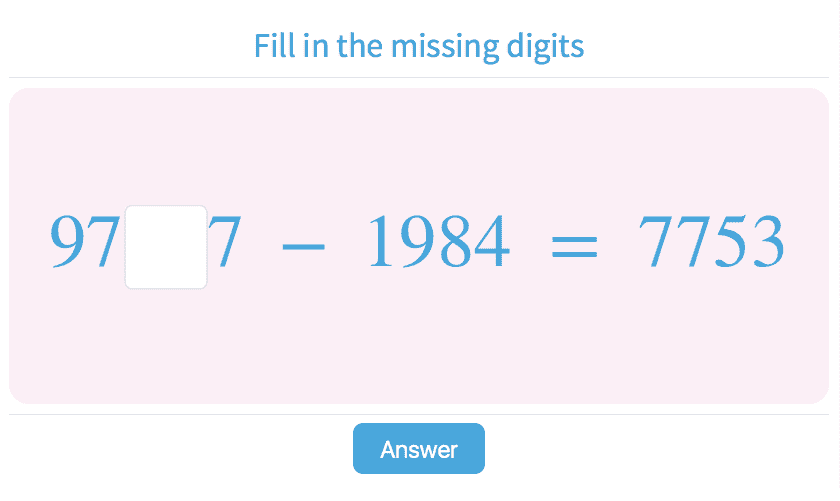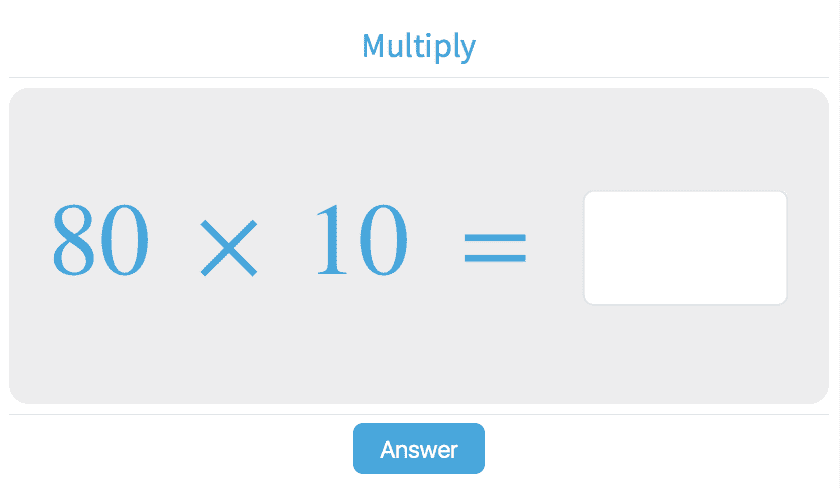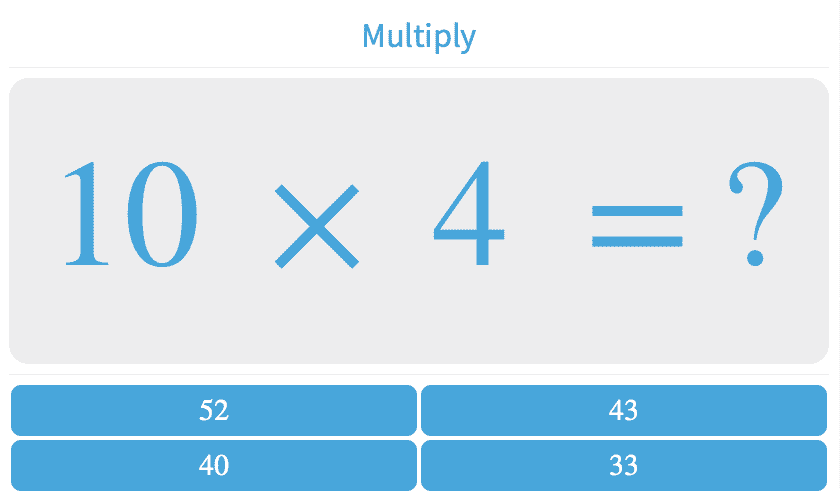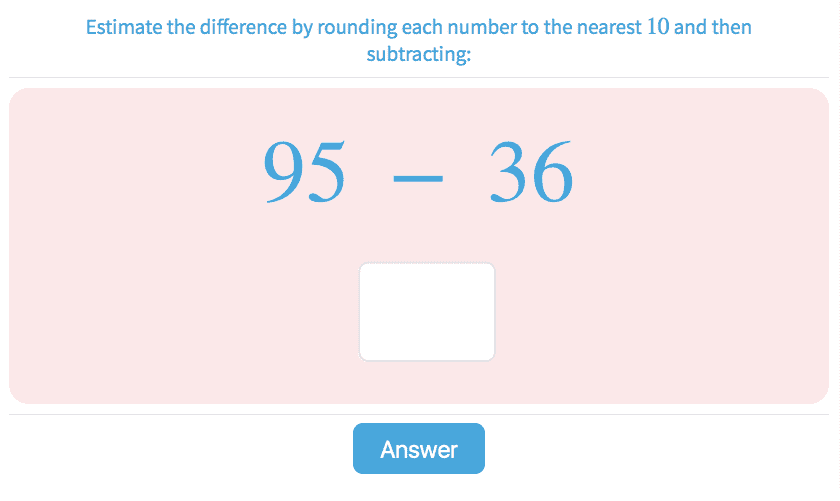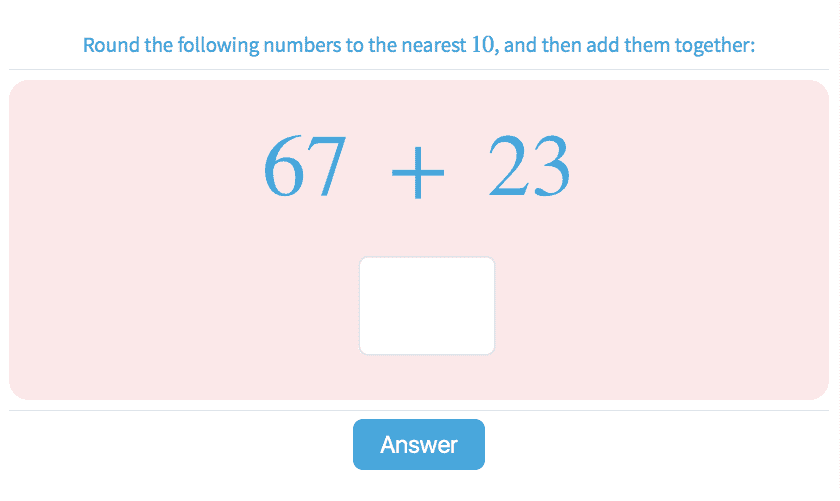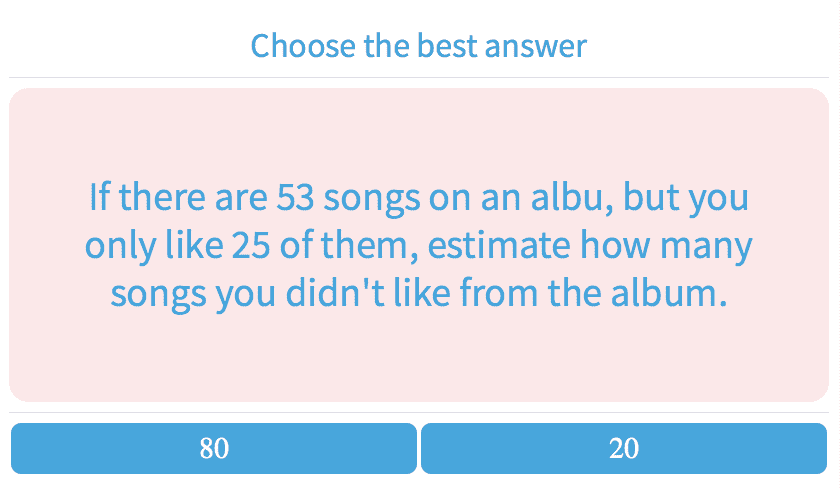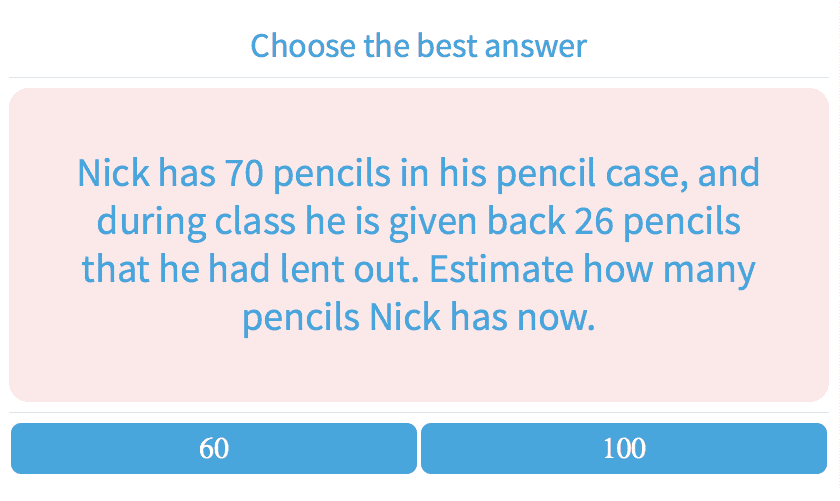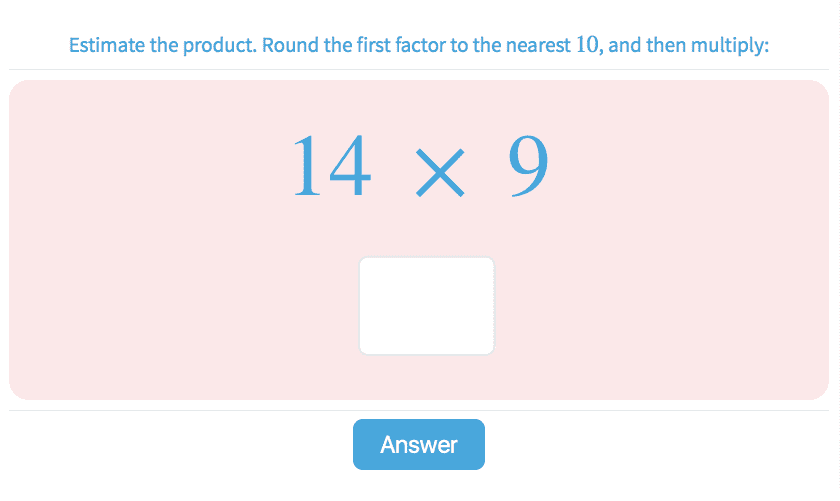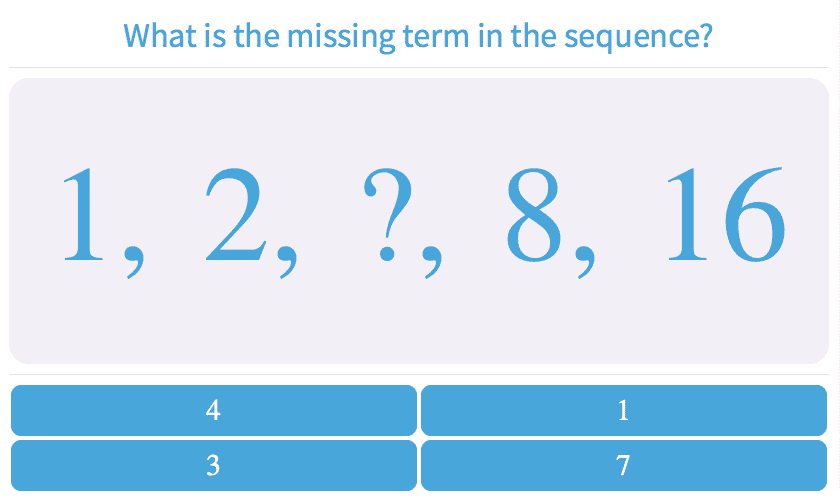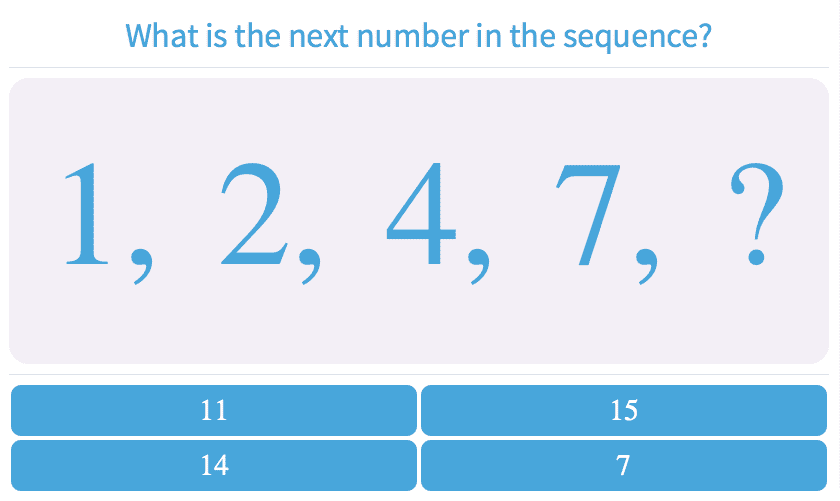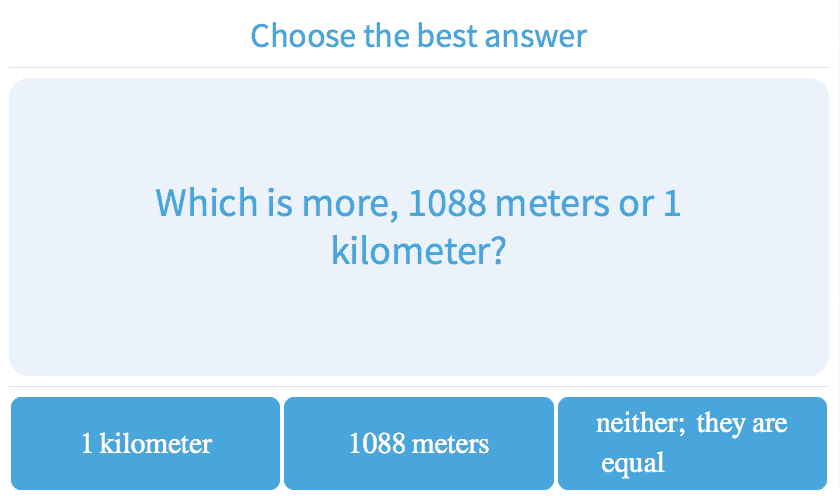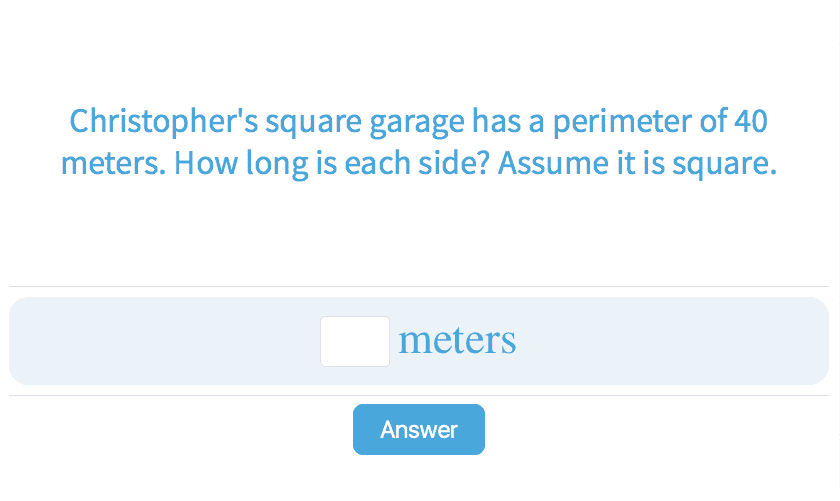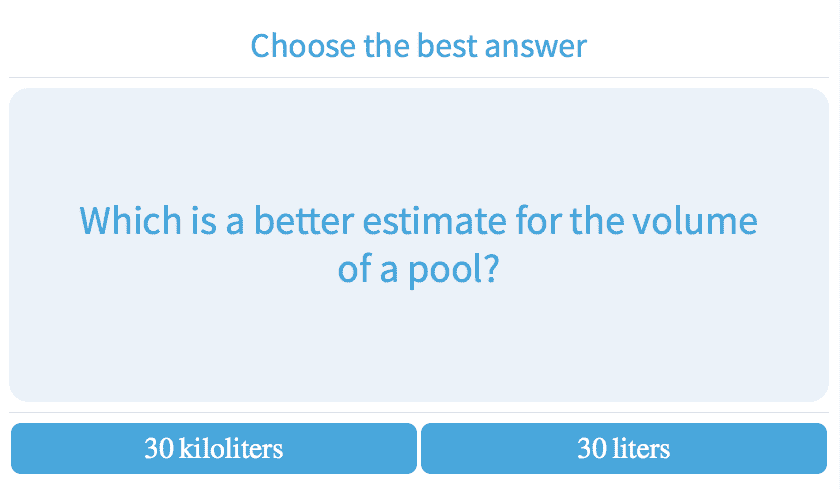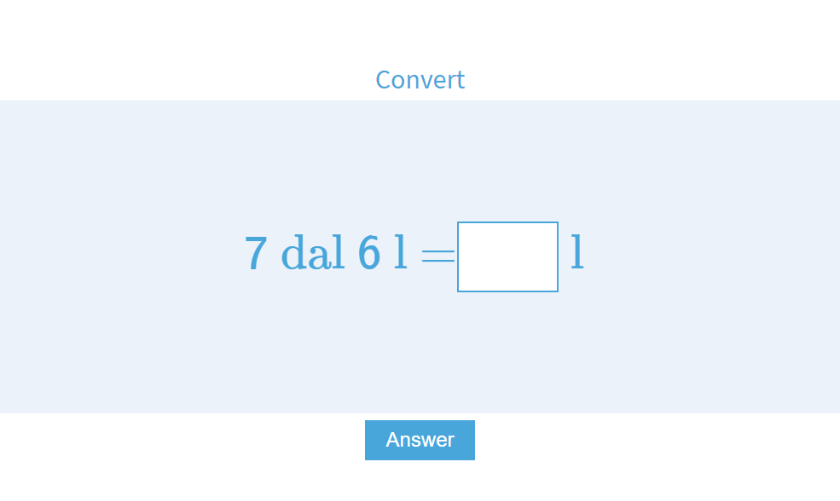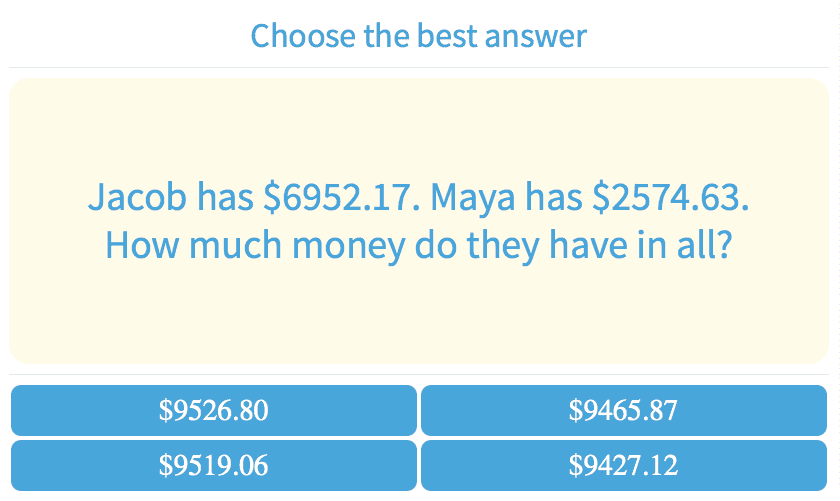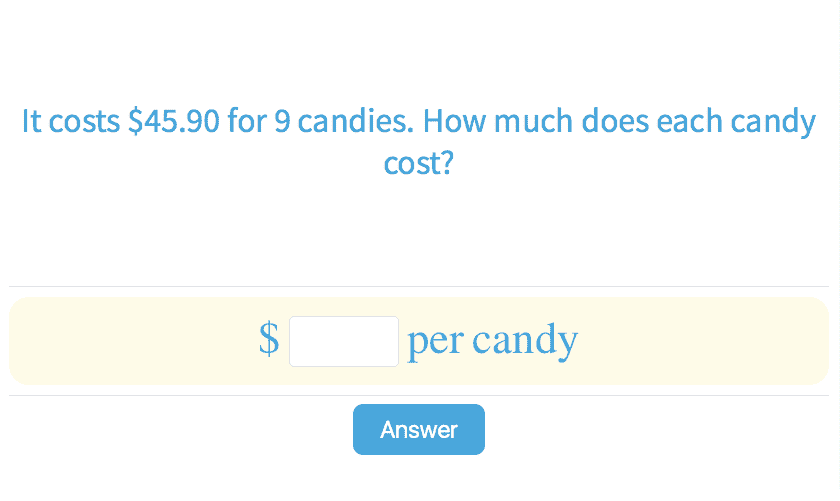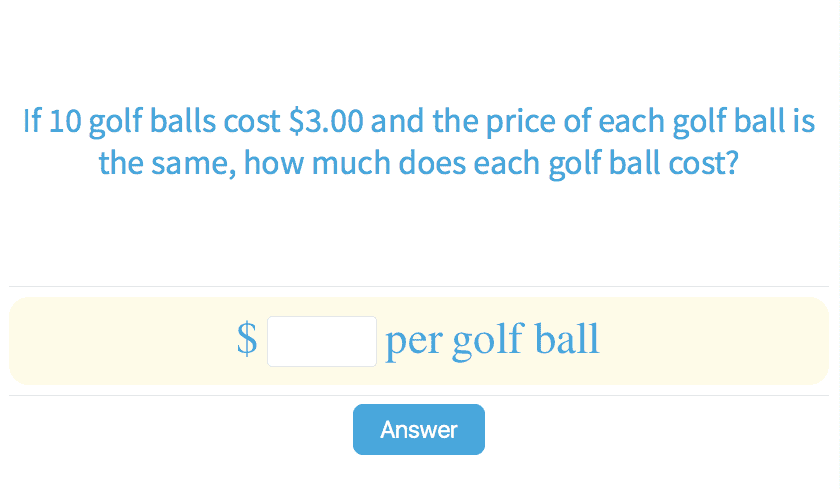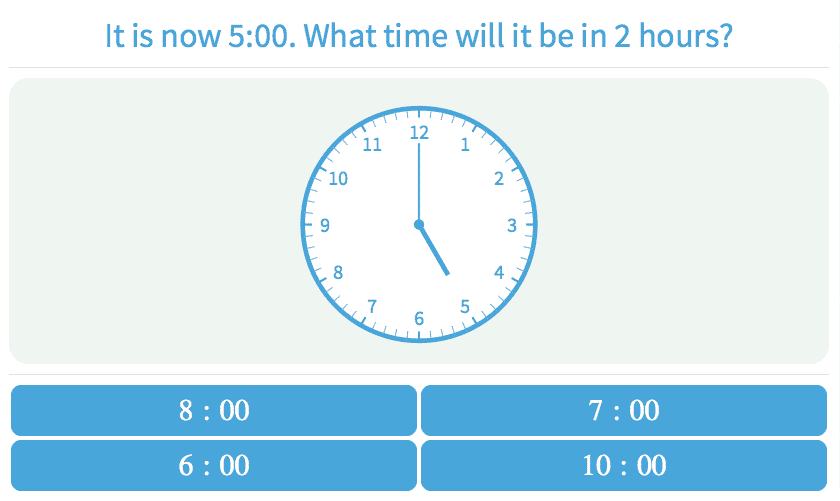-
5V Worksheets
-
Geometry
-
5.1Identify Simple and Complex Solid Shapes
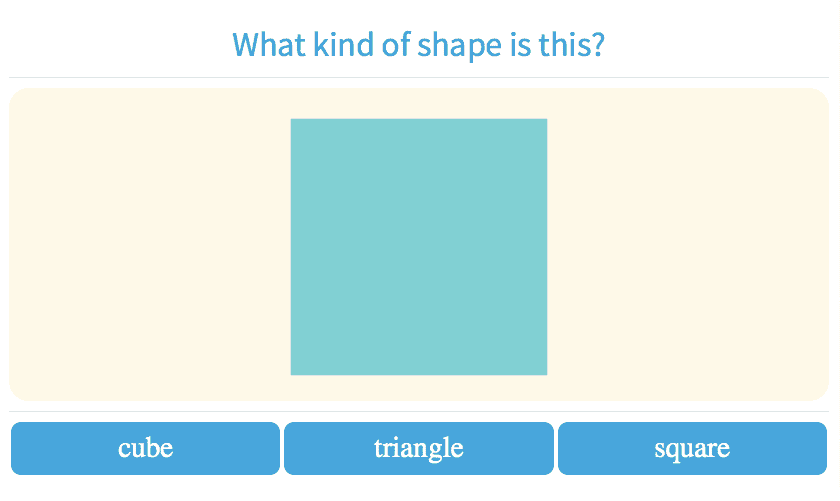
-
5.2Identify Planar and Solid Shapes

-
5.3Count Edges
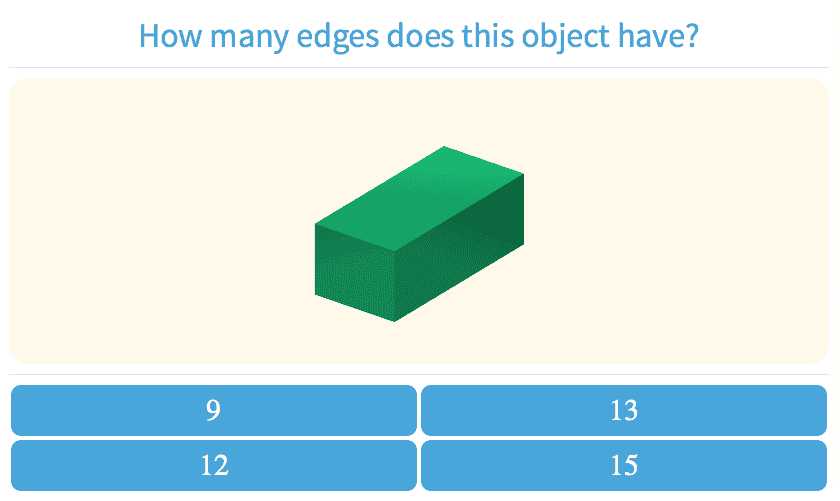
-
5.4Count Faces
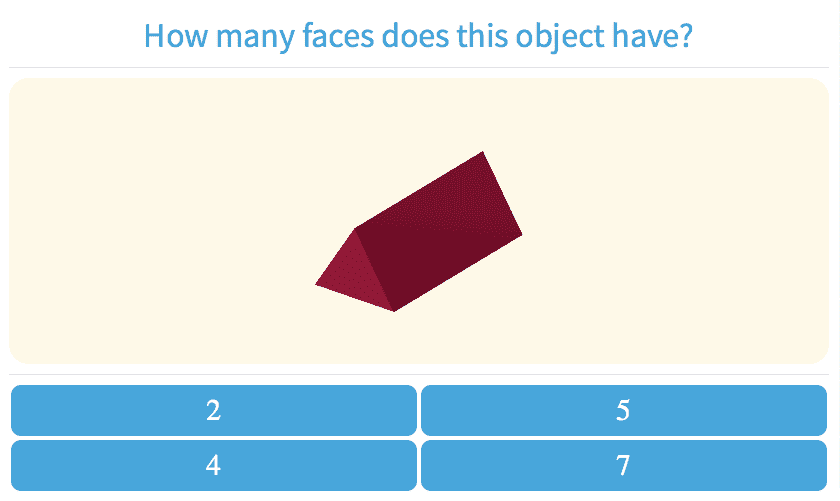
-
5.5Count Edges, Vertices and Faces
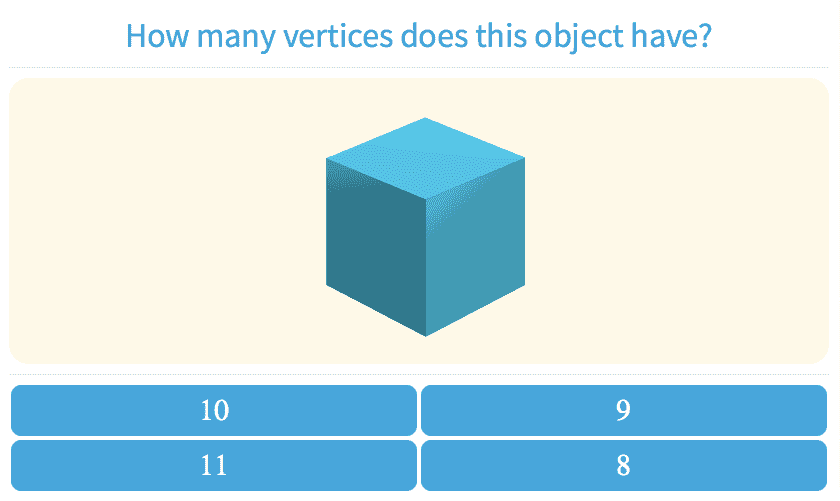
-
5.6Count Vertices
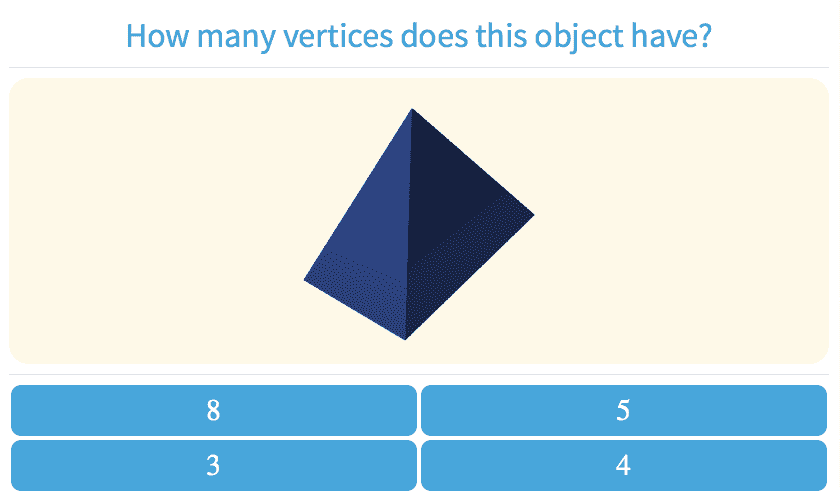
-
5.7Front, Side, and Top View
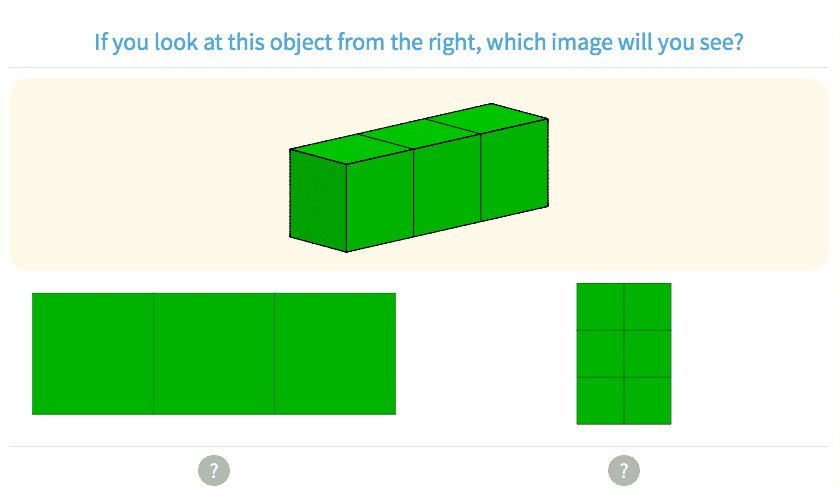
-
5.8Acute, Right, Obtuse, and Straight Angles
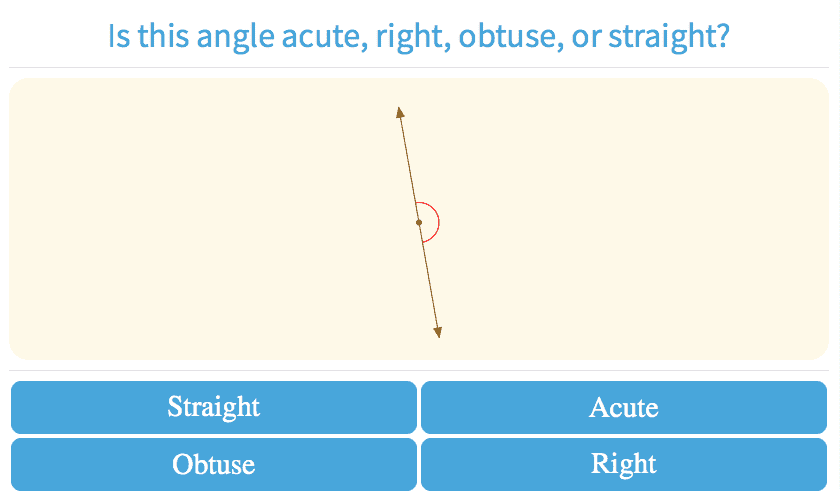
-
5.9Angles of 90, 180, 270 and 360 Degrees
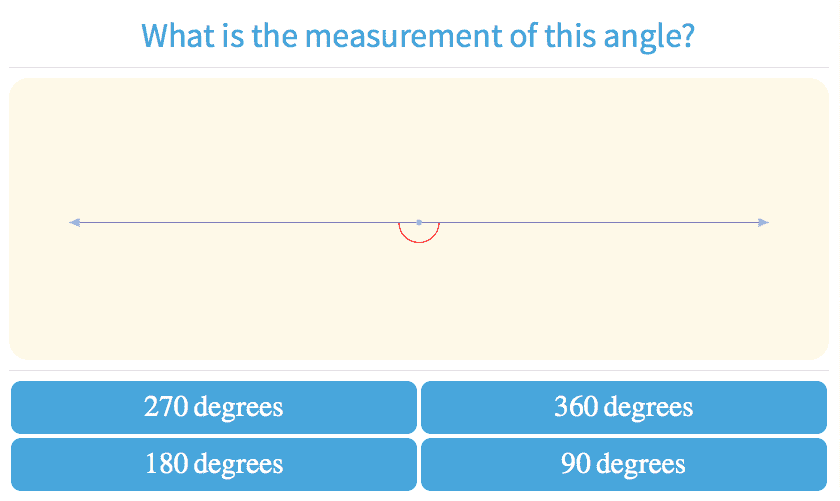
-
5.10Identify Angles
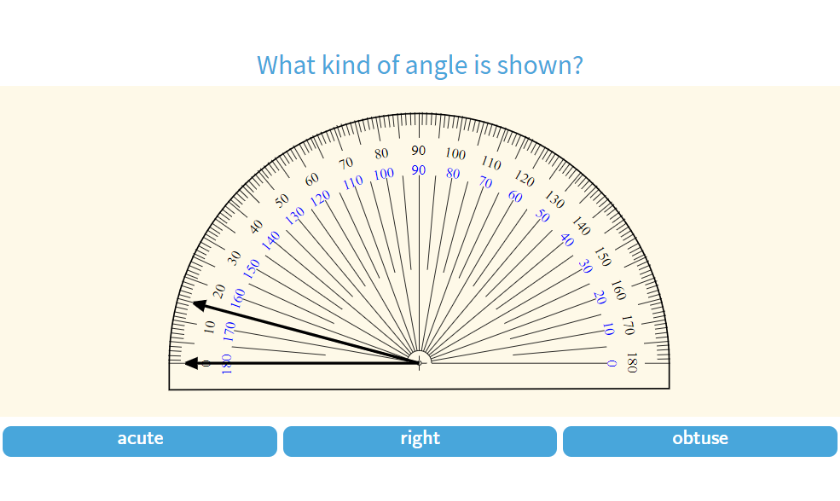
-
5.11Symmetry
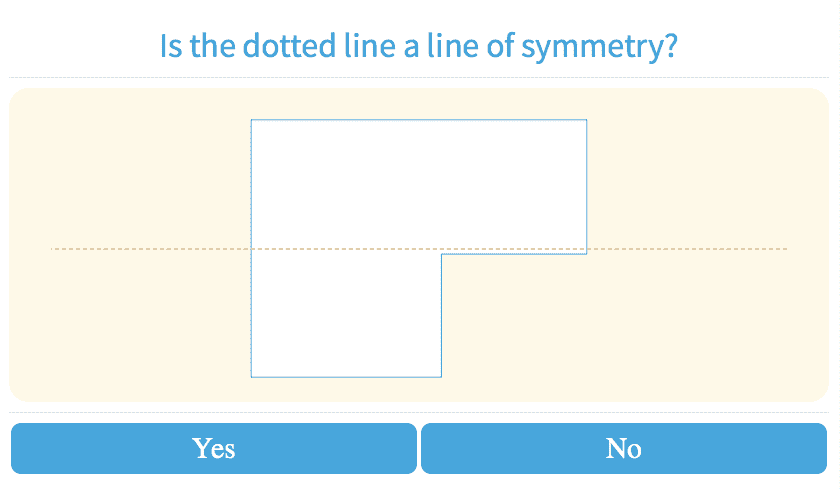
-
5.12Symmetry

-
5.13Nets of 3-Dimensional Figures
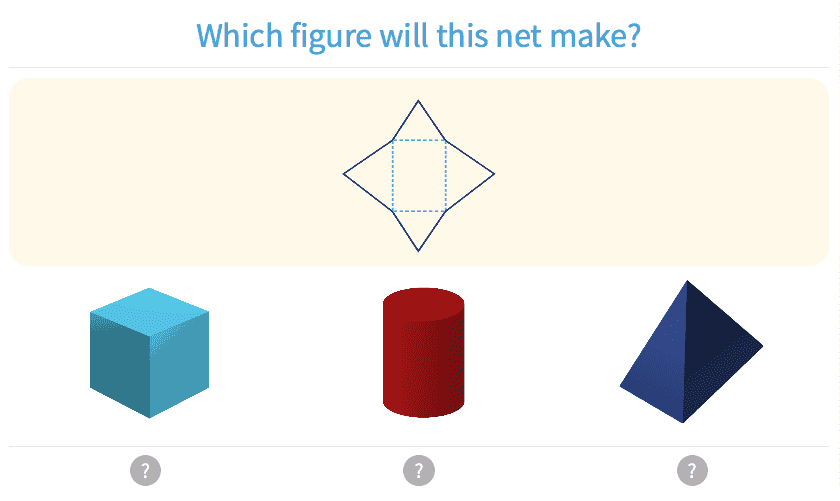
-
5.64Find the Perimeter
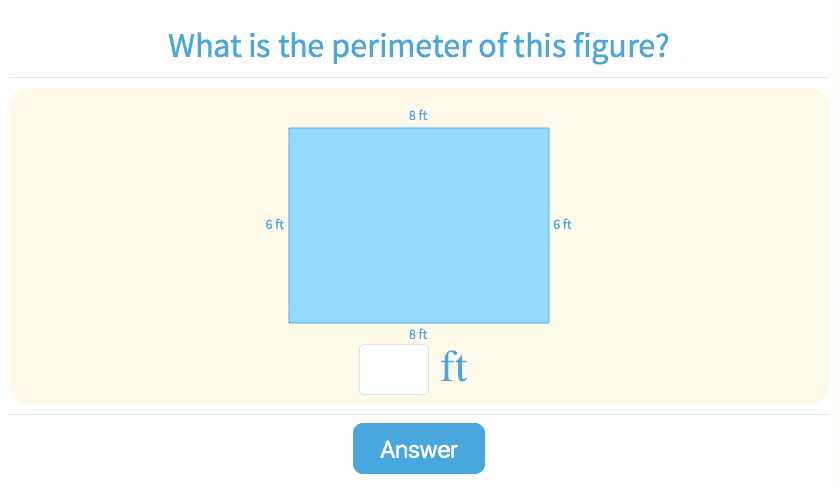
-
5.65Perimeter: Find the Missing Side Length
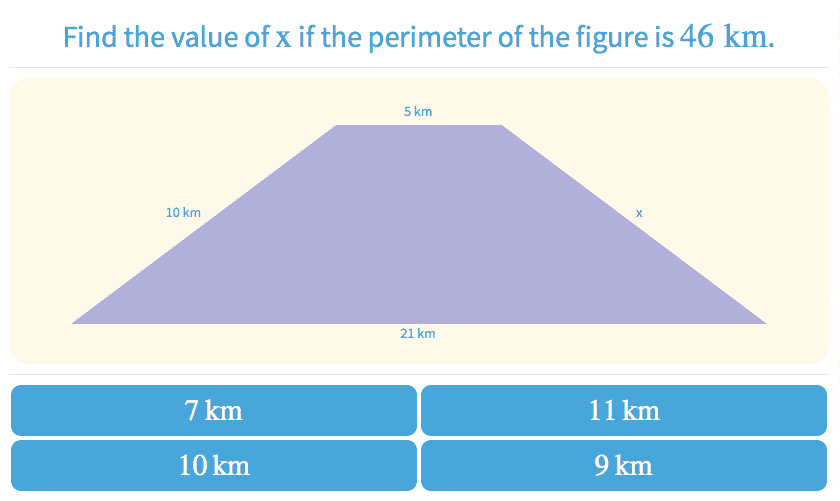
-
5.66Area with Unit Squares
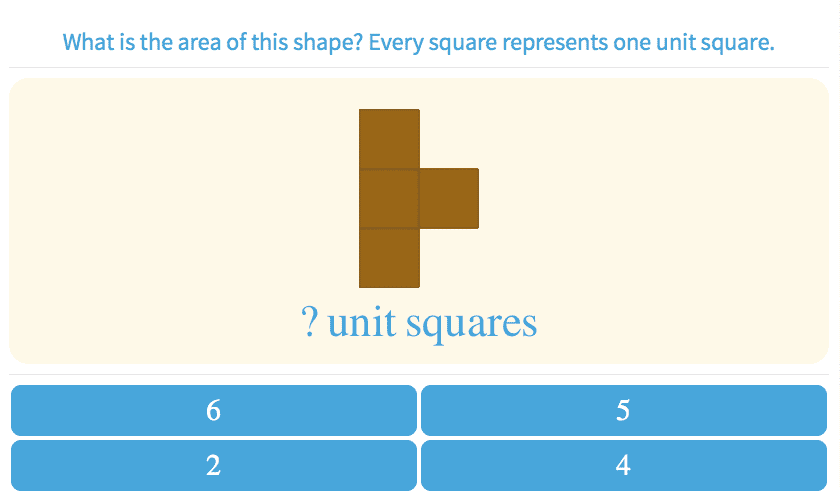
-
5.67Area of Rectangles
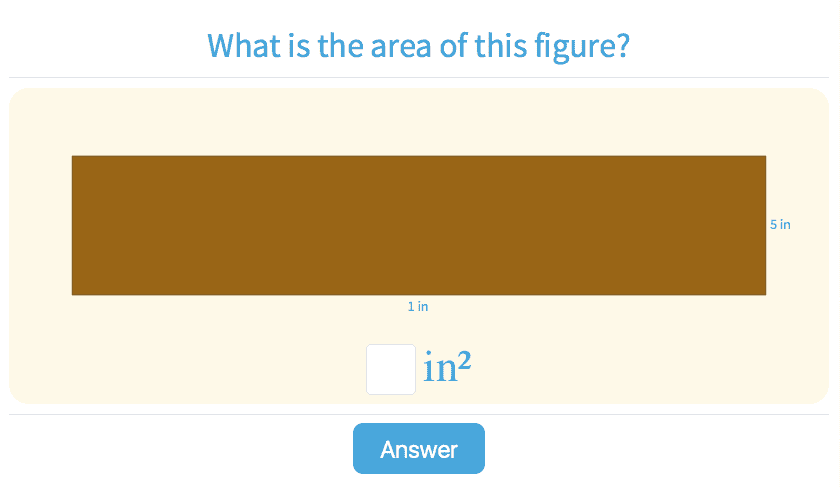
-
5.68Perimeter with Unit Squares
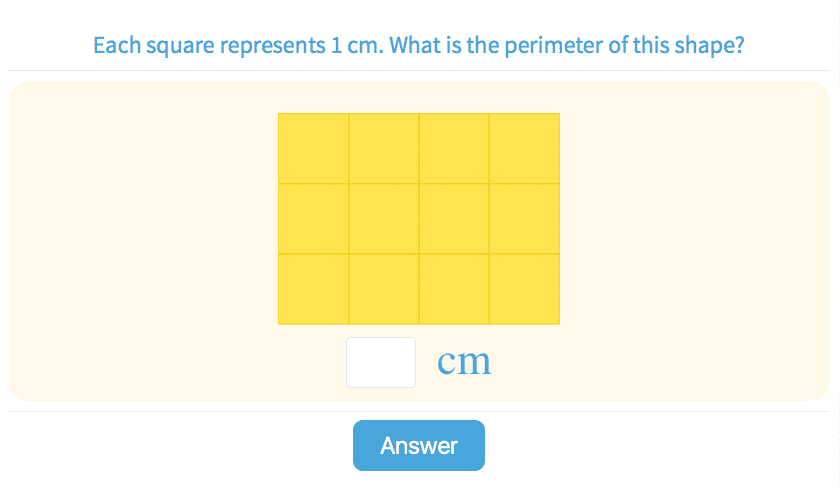
-
5.69Area of Squares and Rectangles
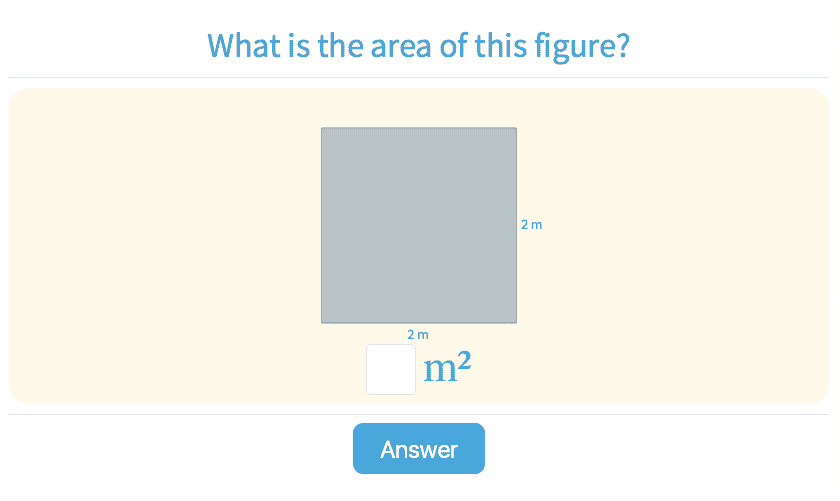
-
- Addition
-
Number Properties
-
5.15Convert Numbers with Tens, Hundreds, Thousands
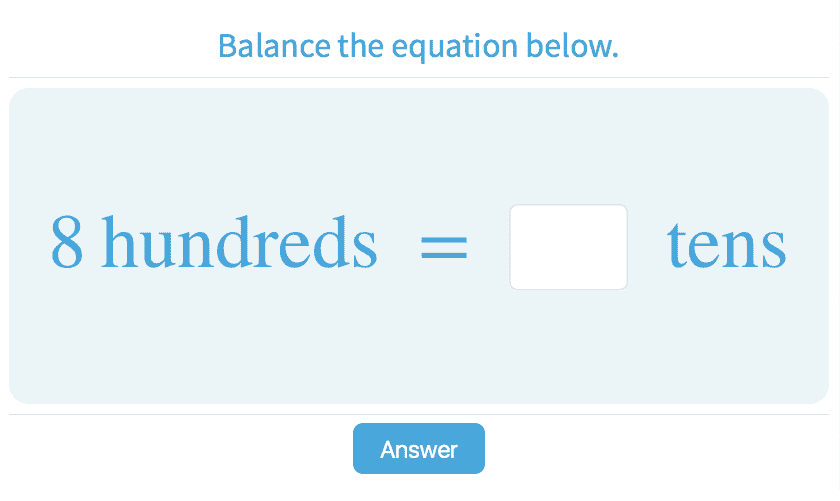
-
5.26Divisibility Rules with Numbers Up to 10,000

-
5.27Divisibility Rules with Dividend Up to 10,000,000

-
5.28Divisibility Rules

-
5.37Prime and Composite Numbers
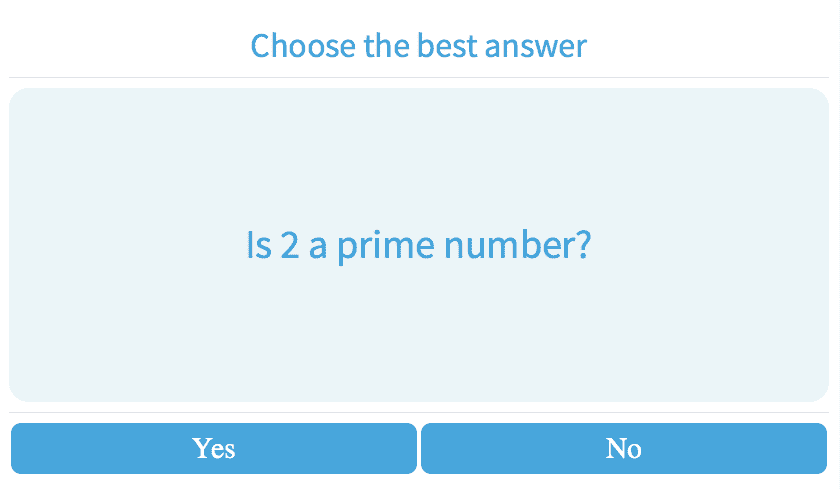
-
5.38Identify Factors
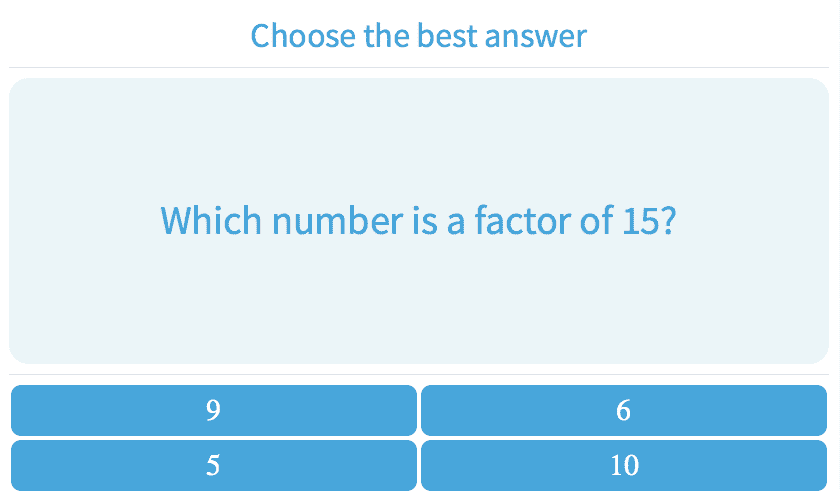
-
5.50Choose the Equivalent Fraction Up to Twentieths
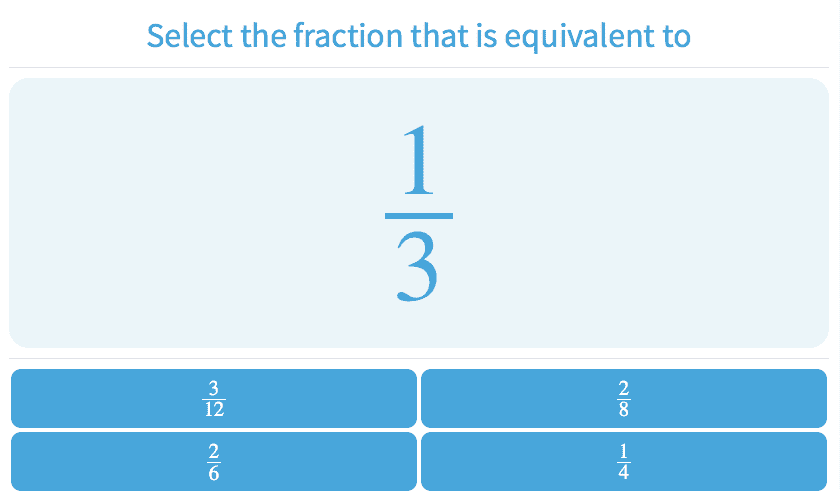
-
5.51Choose the Equivalent Fraction
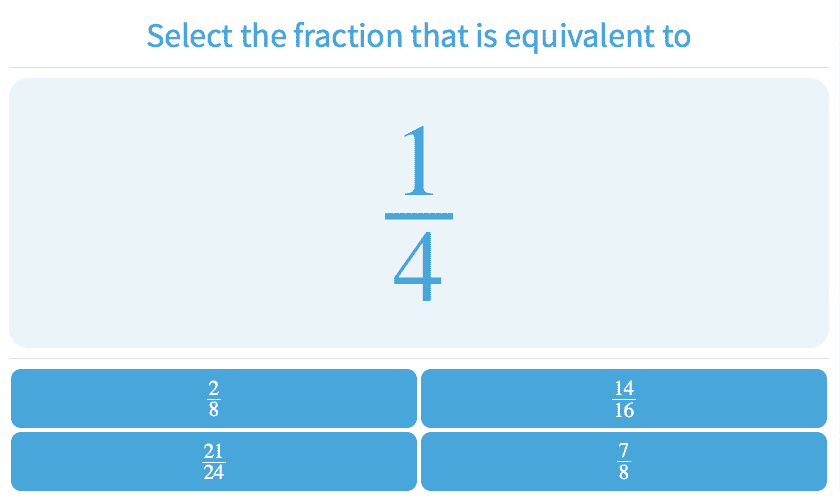
-
- Subtraction
- Multiplication
-
Division
-
5.23Divide Two Numbers with Operands Up to 12
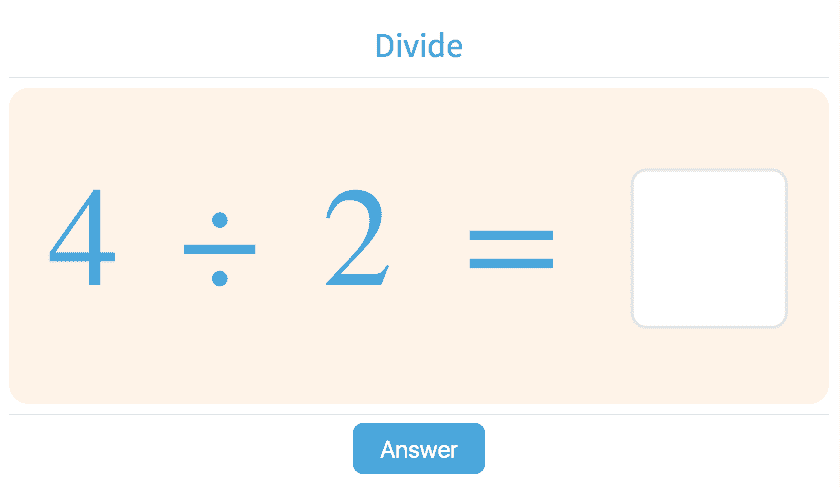
-
5.24Division with Divisors Up to 100

-
5.25Division with Dividends Up to 60
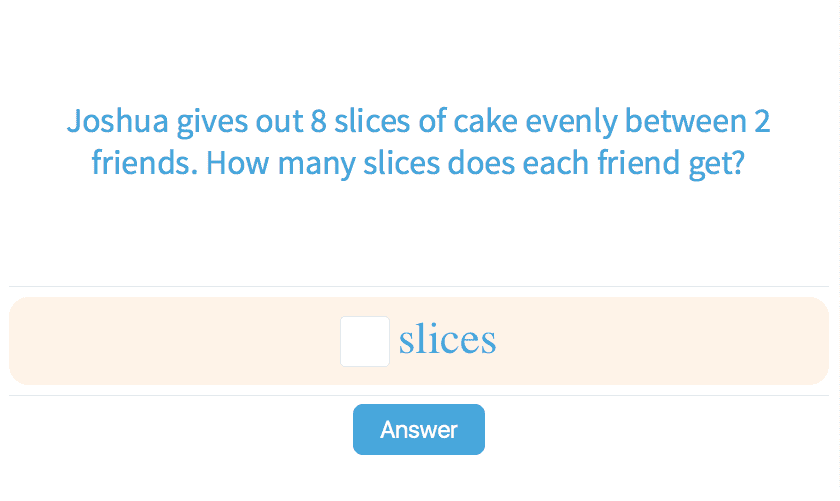
-
5.26Divisibility Rules with Numbers Up to 10,000

-
5.27Divisibility Rules with Dividend Up to 10,000,000

-
5.28Divisibility Rules

-
5.29Division with Remainder with Numbers Up to 500
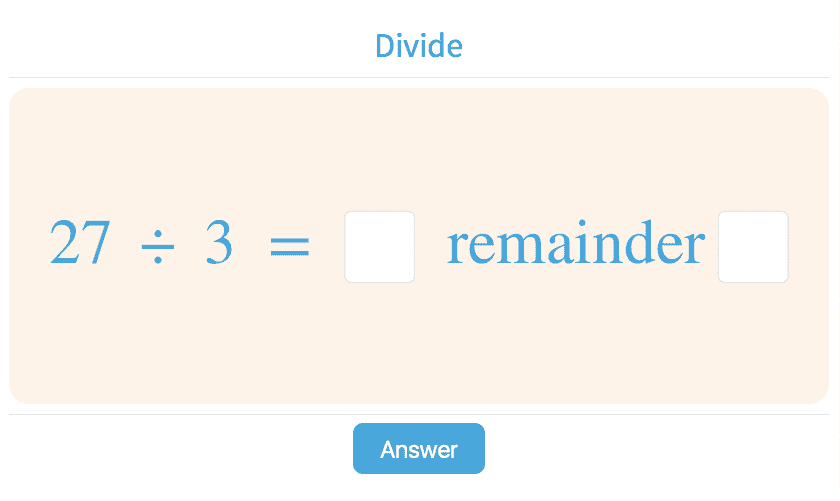
-
5.30Division with Dividend Up to 1000
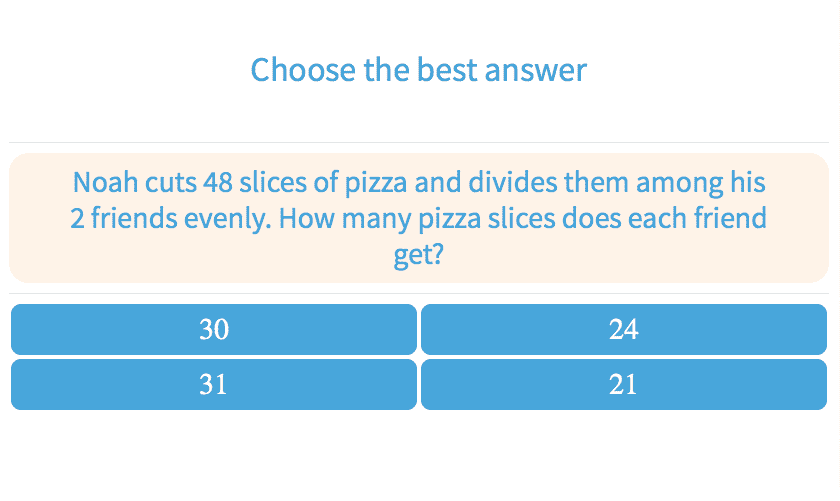
-
5.33Divide Numbers Ending in Zeroes

-
5.34Division with Remainder with Divisor Up to 1000
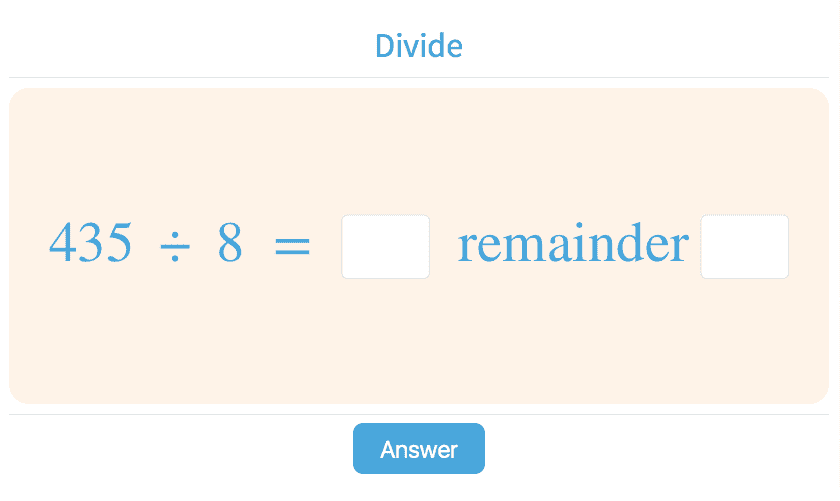
-
5.35Division with Divisors Up to 100
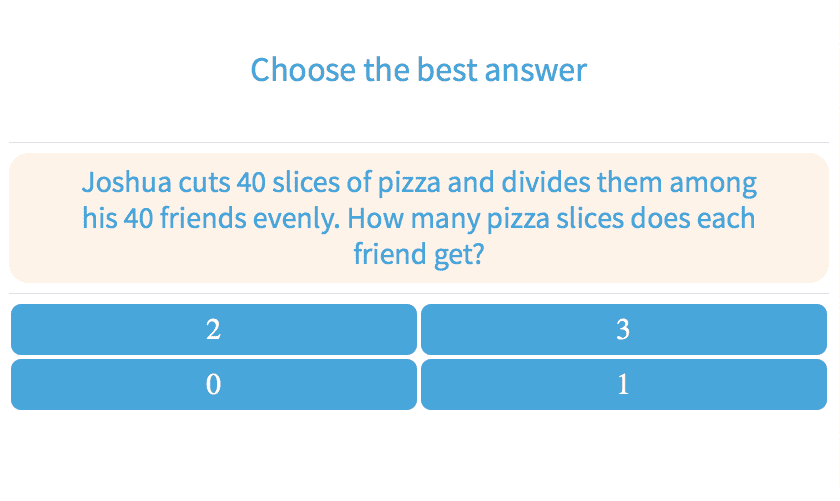
-
- Estimation
-
Fractions
-
5.44Fractions Review
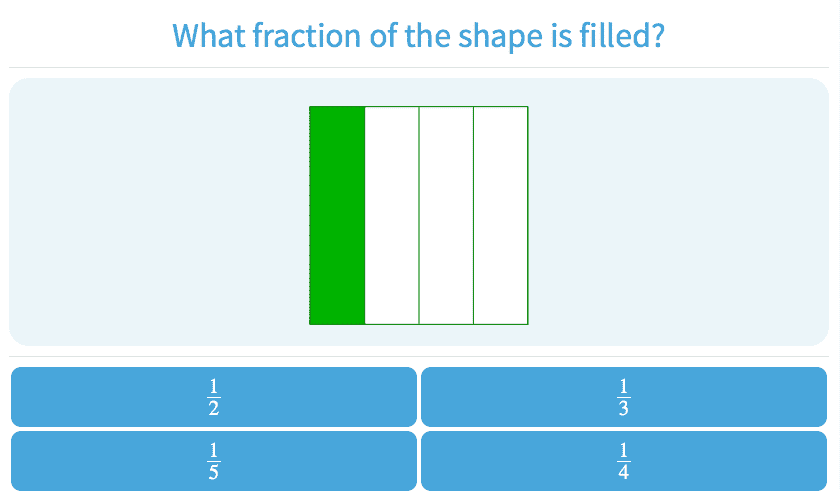
-
5.45Fraction
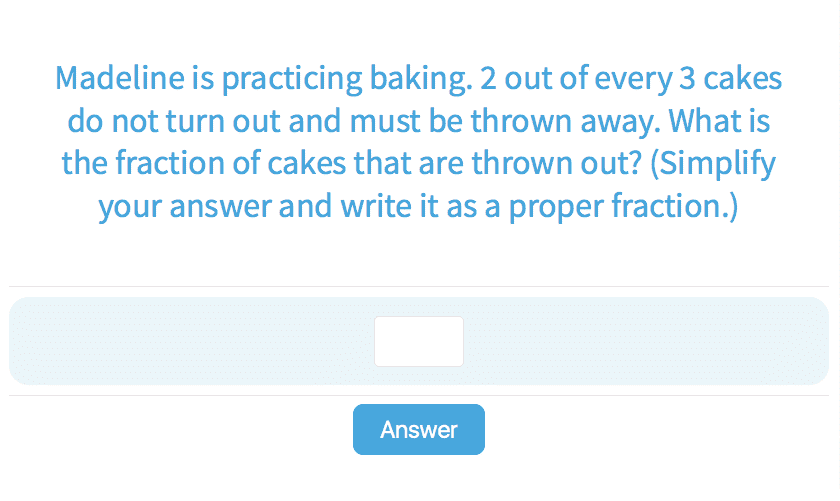
-
5.46Multiply Fractions by Whole Numbers
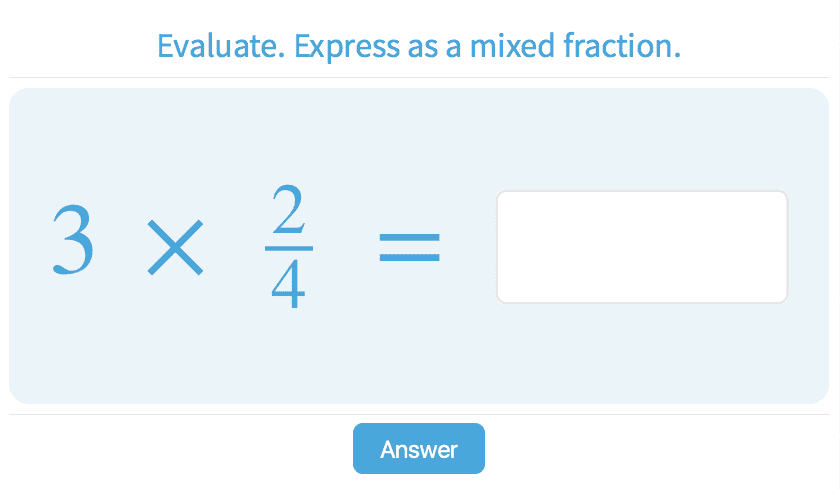
-
5.47Multiply Fractions by Whole Numbers
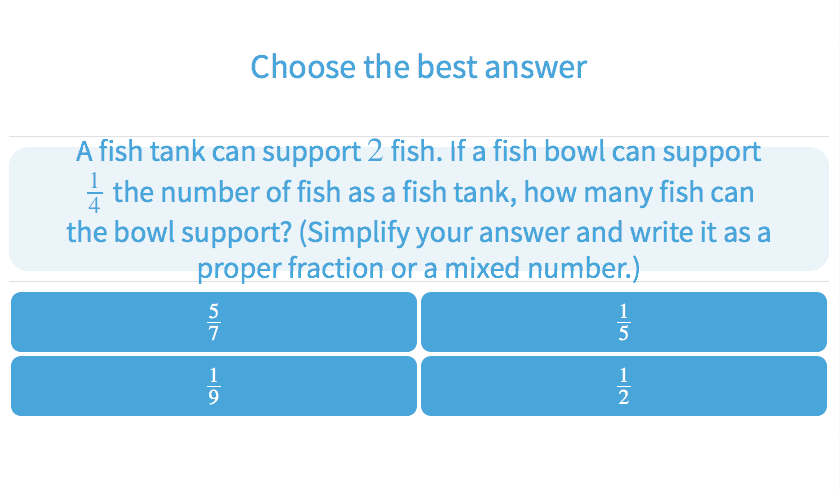
-
5.48Compare Fractions - Same Numerator or Denominator
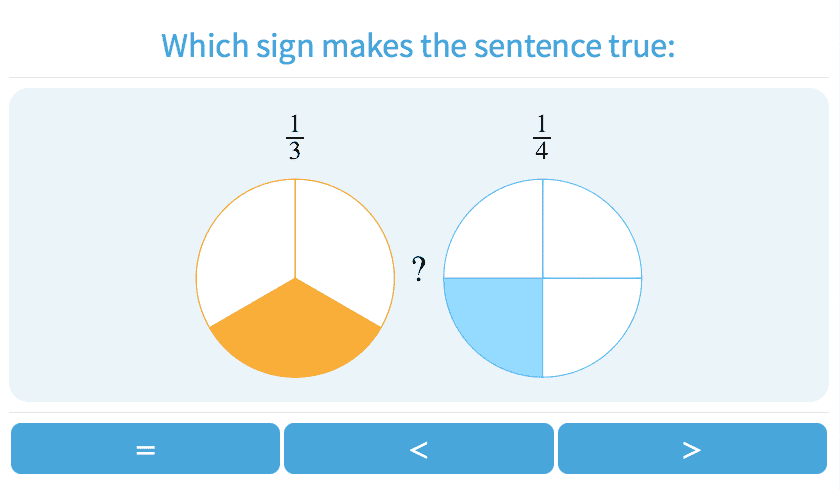
-
5.50Choose the Equivalent Fraction Up to Twentieths

-
5.51Choose the Equivalent Fraction

-
5.52Patterns of Equivalent Fractions

-
5.53Reducing Fractions to Lowest Terms
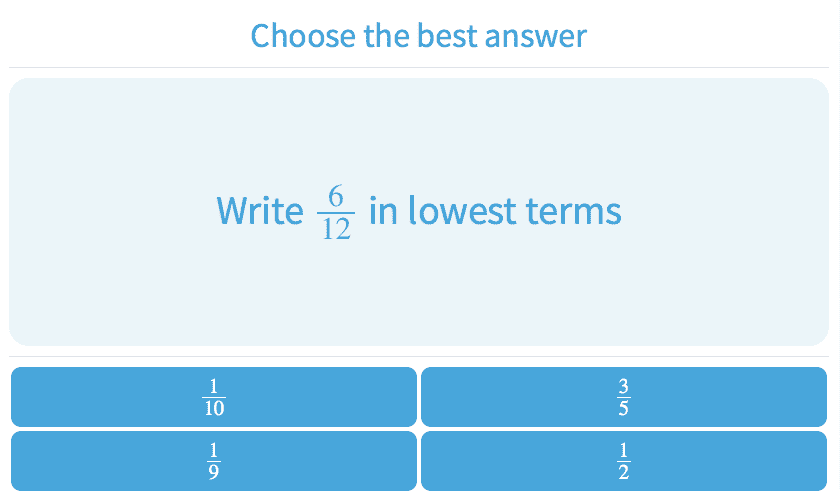
-
5.54Reduce to Lowest Terms
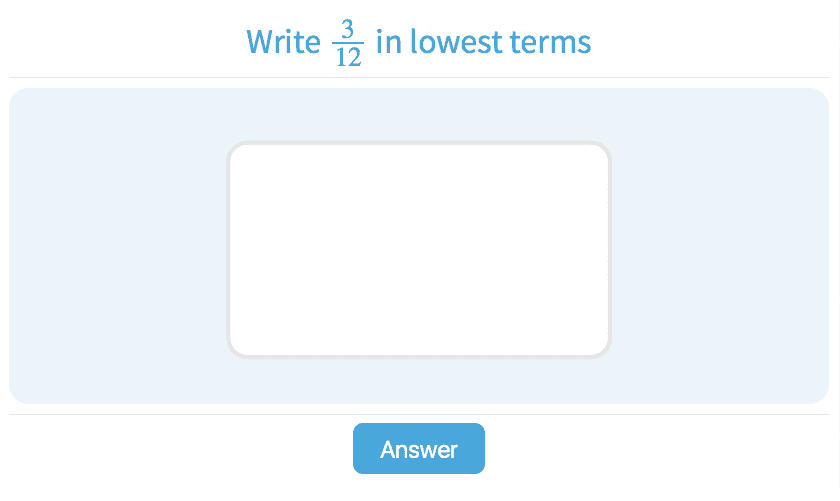
-
5.56Convert Fractions and Mixed Numbers to Decimals
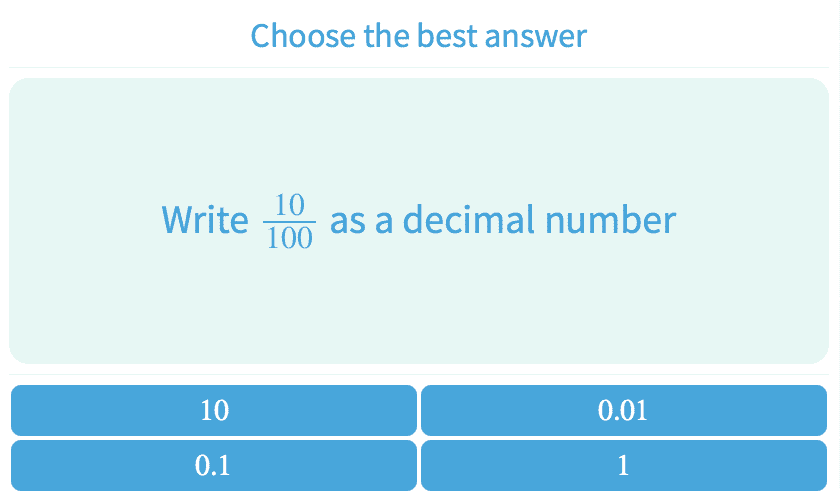
-
5.57Convert Decimals to Fractions and Mixed Numbers
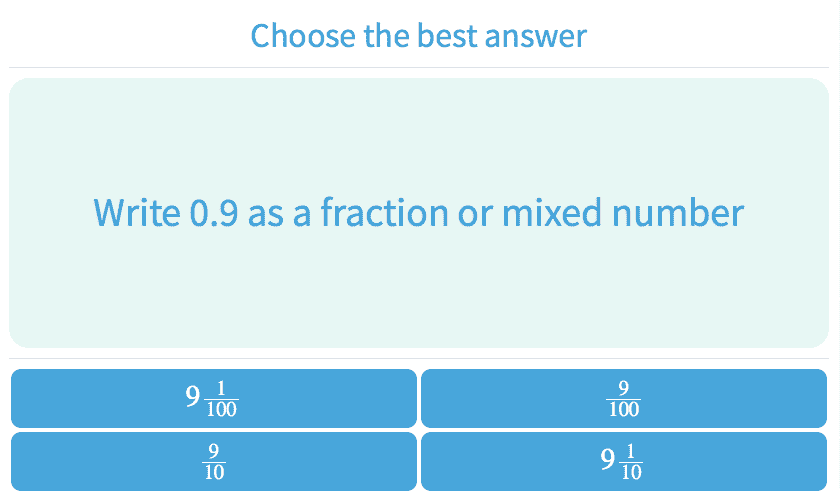
-
- Number Patterns
- Measurement
- Decimals
- Money
- Time
Students entering the 7th grade continue to expand on concepts from their previous years. On-demand videos with teachers who explain the concepts and show students how to understand the problem-solving process. Teachers go over rules, tips, and multiple problems helping students to be able to solve the problems themselves.
- Students learn about ratios, mixed properties, statistics and other seventh grade skills.
- Teachers incorporate the use of the scratchpad to give students a visual representation.
- Videos provide instant help for students who are struggling with their assignments.
